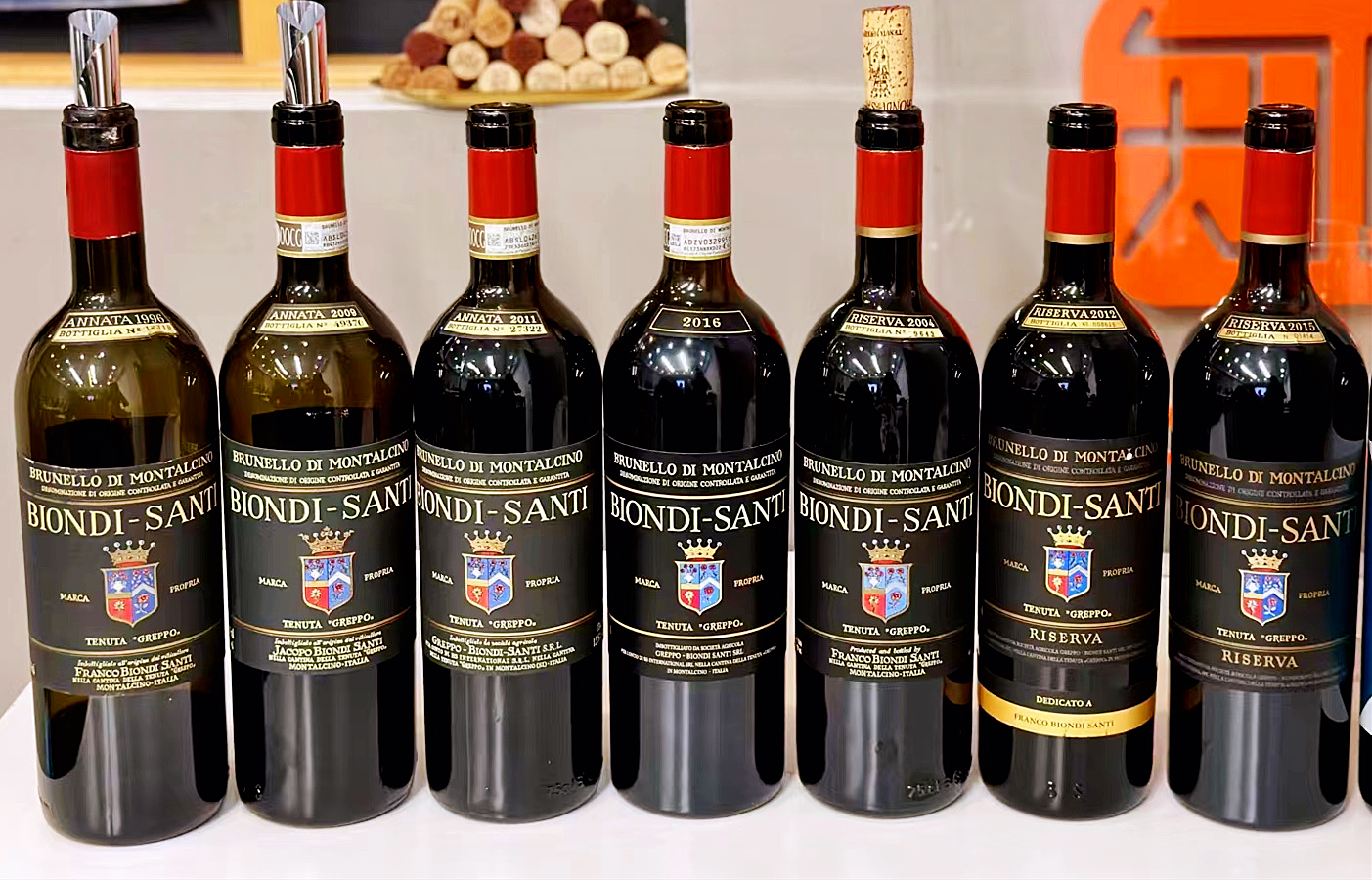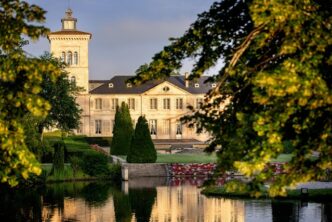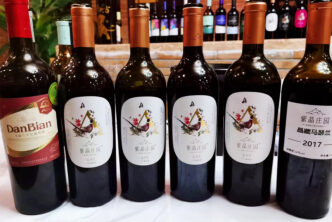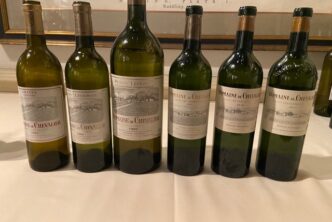There are fewer names more iconic in Italian wine than that of Biondi-Santi, a winery associated not just with a number of wines from specific vintages of now near mythical status, but also many other significant “wine firsts”.
A handful of local farmers had begun making a red wine from the local Brunello grapevine already by the mid-1800s (the first label carrying that word dates back to that moment in time). The grape variety was, and is, called so because of the brownish hue of its berries: bruno in Italian means brown. The wine’s hue might certainly have been thought of as being of a brownish colouration too, but that is not where the grape’s and wine’s name was derived from, as has been stated elsewhere. I have been walking Brunello’s vineyards for close to forty years now and I can guarantee you, independently of what some might say today, that everyone I spoke with always recalled, already decades ago, that it was the grape’s colour that brownish as it is gave the name to both grape and wine (it was always a habit to do so in Italy, and in fact, there are numerous Italian wiens named after the graep they are made with).

In order to continue reading the present article, which also features one of the most lengthy and detailed growing season weather descriptions of each vintage written anywhere, as well as tasting notes and scores, please note that

 English
English




Ian,
Wonderful review of the history of Brunello and the Biondi-Sandi contributions, and I especially appreciate the insight on the vintages, which is quite encyclopedic. For my Brunello-purchasing dollars, 2001, 2004, 2010, and 2016 have stood out over the last 20 years. I’m curious about 2 things. First, what’s your initial take on 2019 as compared to these other strong vintages? Second, did I read correctly that you have a book on Montalcino in your literary pipeline? That will be most highly anticipated.
Grazie,
John
Ciao John,
sorryy for the tardiness of the reply, I apologize, but it’s been a zoo lately.
I think the 2019 is a very good vintage, but as I write in my intro to the 2019 preview piece a few days ago, I don’t think it will prove as memorable as the 2015 and 2016, and most wines won’t be better than the 2013s either. There are some truly gorgeous wines in the 2019 bunch, but based on what I’ve tasted so far, I think many wines are just too open-knit and broad to rank amongst the most elegant Brunellos of memory. However, I will be tasting another 2019 >Brunello 100 wines or so this January and will write those up too, and nothing would make me happier to then be able to write that I have changed my mind.
Yes, huuuuuge Brunello book in the same mould of Barolo Terroir coing out in late 2025, so u know what u r in for! But first a handbook on The Wine Terroirs of Italy that will be a hopefully useful study guide in the same manner of “The Grapes and Wines of Italy: The Definitive Compendium Region by Region book already out and then Barbaresco Terroir late 2024.
Thanks for your interest,
Ian
Ianclassic refiend Brunellos. But it might also be a case of different strokes for different folks.
Ciao there excuse me for the tardiness of my reply, but we had a technical gfitch because I had in fact answered your kind query already a few days ago. Go figure.
I think 2019 is a strong vintage but less so than I ahd originally anticipated, now that I have tasted some of the wines. For my money, it will never come close to 2015 and 2016 and I think even 2013 will be superior in the long run. But the caveat is that I have tasted thus far just some of the wines, so I will have a much better opinion after I taste another 100 or so next January. Will report then! 🙂
As for the bookmyes, it will be just like barolo Terroir in format, so you know what to look forward to! But it’s still a couple of years away before being published, first I have to finish my brand new study handbook on Italy’s wine terroirs and denominations, a handbook/study guide in the mould of “The Grapes and Wines of Italy: The Definitive Compendium Region by Region” that complements it nicely (it’ll be out early in 2024) and then “Barbaresco Terroir”, that will compelment the book on Barolo very well while introducing a slew of new info on Nebbiolo and the likes. That big tome will be out by the end of 2024. No rest for the wicked, as they say….;)Thanks for your questions,
Ian
Thanks for the update on the pending publications. I look forward to these with great anticipation. I’m of the belief that to truly appreciate the wines, you have to understand the “why” about how they got that way.
John, I really couldn’t agree more. The more you know about something, be it wine, food, architecture, paintings etc…, the more enjoyment you can draw from any activity. Clearly you don’t have to be a Literature Noble laureate to enjoy a good book, nor do you need to win the Pritzker Awards in Architecture in order to appreciate the beauty of a Gehry building, but it doesn’t exactly hurt to know more about what it is you are eating, drinking, seeing and so forth.
So yes, I TOTALLY agree with you. With the also very important consequence that by reading, one also learns and improves him or hersef. No small thing, I think you’ll agree. ian